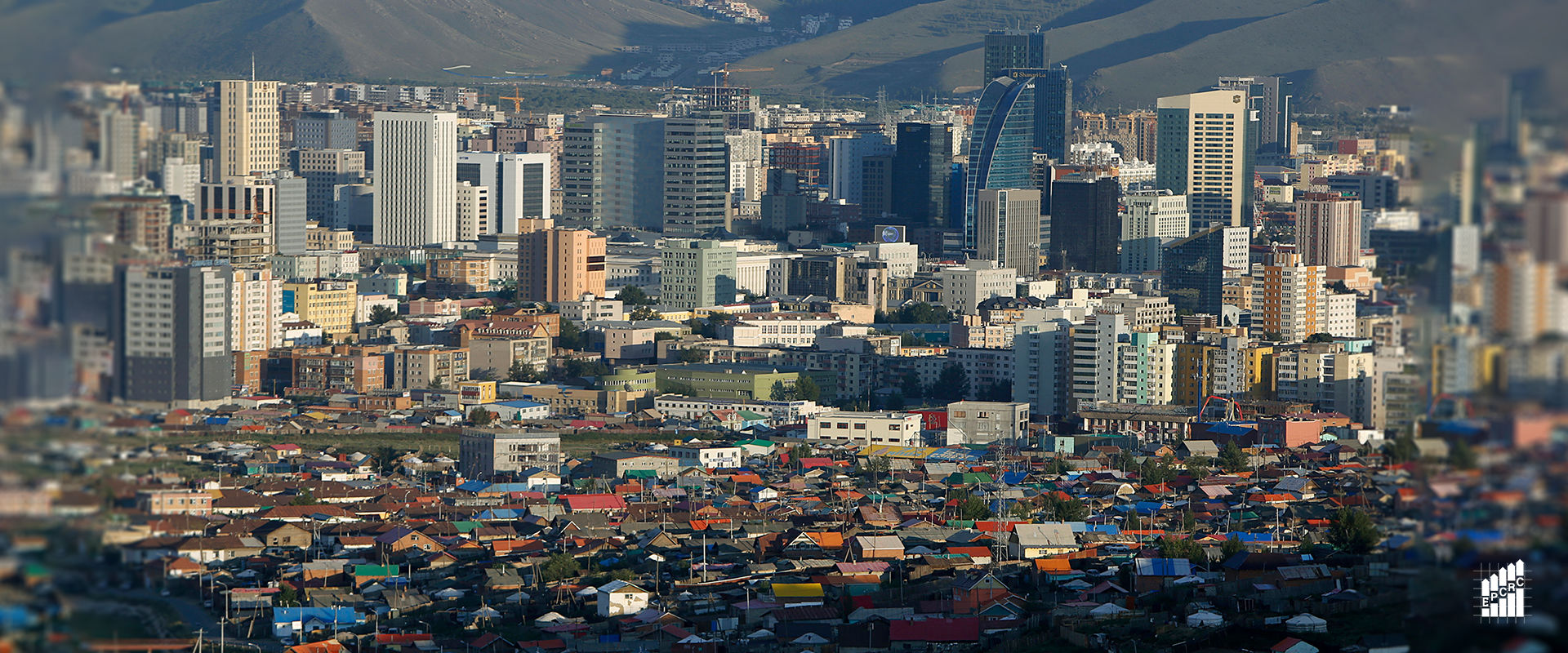
Inequality-the state of not being equal in status, rights and opportunities-is a core concept of social justice. However it seems as the term inequality means different things to different people such as inequalities in income, education, health, and nutrition. Much of this discussion has boiled down to debate between two perspectives: the first is concerned with the inequality of opportunities which emphasizes that not all people convert income into well-being and freedom in the same way because of their both personal and social circumstances such as age, gender, family background or climatic and societal conditions; and the second is primarily concerned with the inequality of outcomes in various material dimensions of human well-being, such as the level of income, educational attainment, health status and so on. Even though the inequality of opportunity is an important concept, it is hard to measure. That is why we are going to focus here on the inequality of outcomes in Mongolia.
What about inequality in Mongolia?
Since it opened its economy in the 1990s, Mongolia has been performing relatively well in terms of income equality on the basis of certain statistical indicators (GINI coefficient, inequality-adjusted HDI, Palma ratio).
In terms of the inequality of outcomes, Mongolia is not extreme as compared to other countries. According to a study by UNDP, The Deputy Resident Representative of United Nations Development Program of Mongolia, the richest 20% of Mongolia consumes about 40% of the total national consumption and the poorest 20% of Mongolia consumes about 7% from 1995 to 2012. It should be noted here that regardless of the volatile economic growth Mongolia has experienced last decades, the share of national consumption hasn’t changed much since 1995.
Another measure of inequality is the Palma ratio which compares the richest 10% share of income to the poorest 40%. In Mongolia, the Palma ratio is 1.6 meaning the top 10% earns 1.6 times the bottom 40%. In Central Asia and Eastern European countries, the Palma ratio is 1-1.3 whereas in Latin America, it is typically so high as 3.
A third measure of inequality is the Gini coefficient. The Gini coefficient can range from 0 to 1 where 0 refers to complete equality and 1 refers to complete inequality. According to 2014 data, Gini coefficient was 0.32 which is a similar level to Croatia, France and Ireland.
As we mentioned before, Mongolia has been performing relatively well in terms of income equality. However further research should be done on the inequality of opportunities and its reflect on policy.